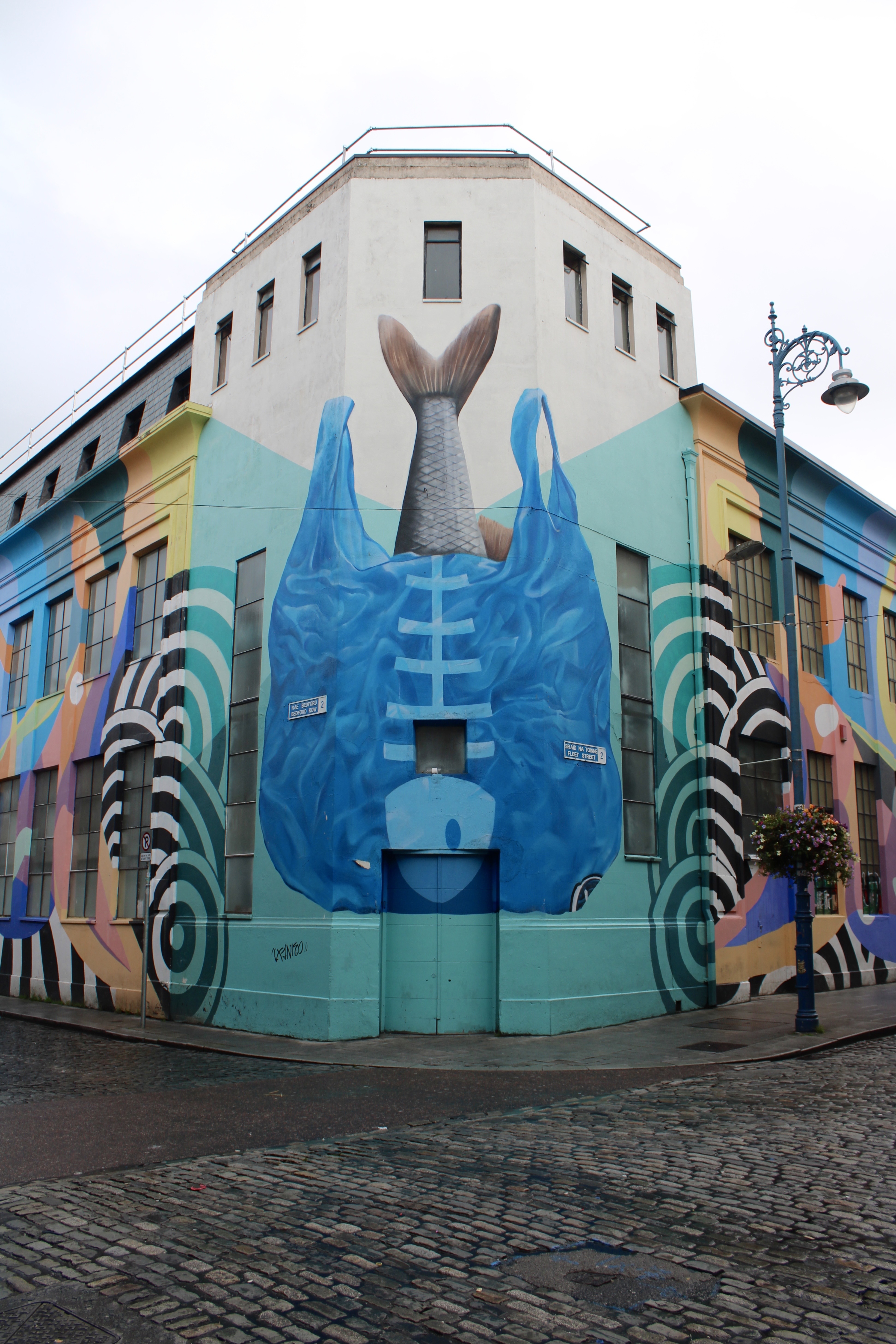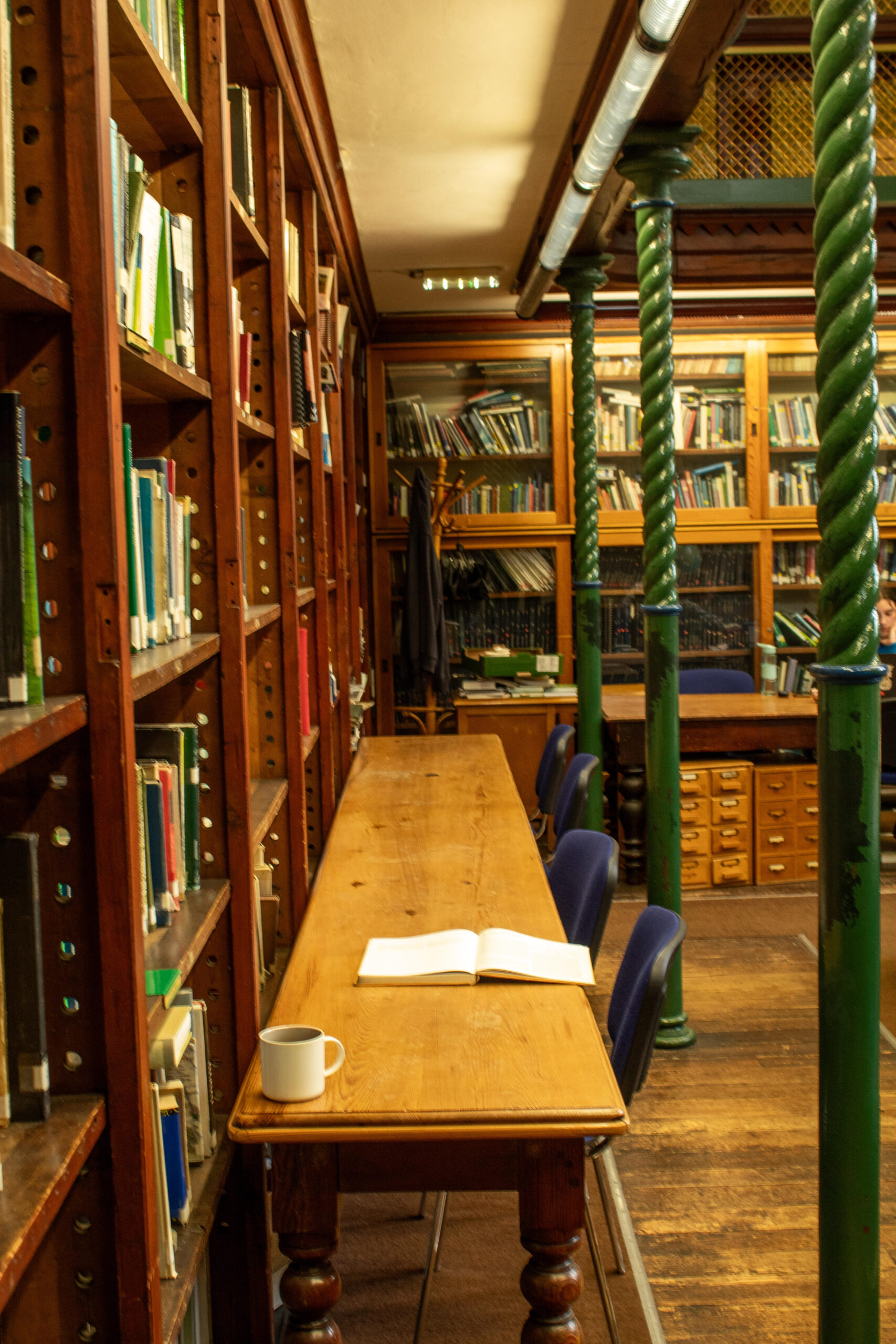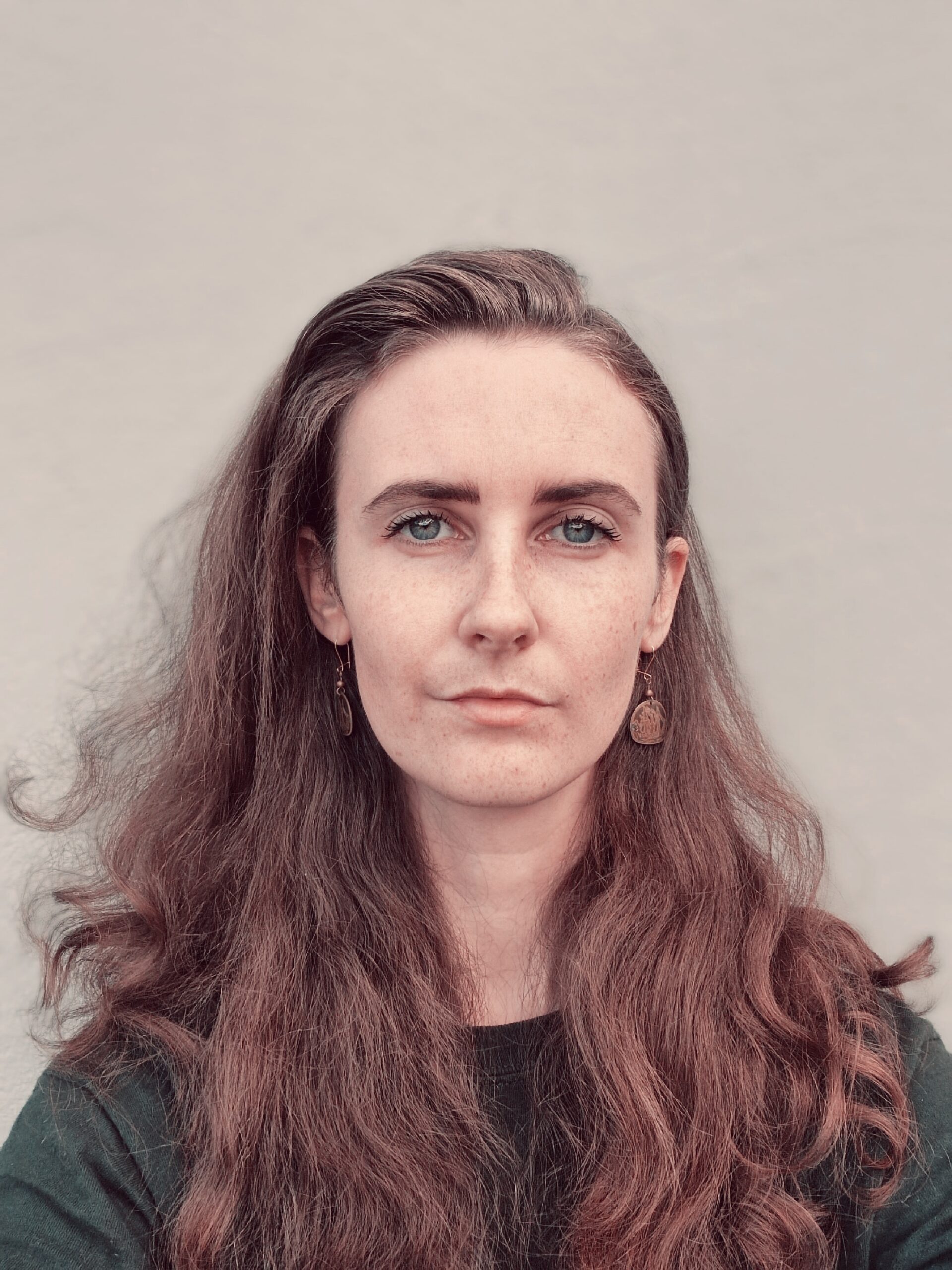
Subset, a Dublin-based street art collective, is on a mission to transform the city into an open-air gallery by creating large-scale public murals that range from colourful depictions of cultural icons to witty social commentary. Murals such as the Temple Bar climate piece brighten the walls of drab street corners and have been positively received by the public.
Despite the acclaim, in 2017, Subset was hit with a series of letters from the Dublin City Council, demanding that they remove some artworks across the city. This launched a five-year long court case resulting in many public murals being destroyed. Last June, the Council abruptly dropped the case against Subset, days before proceedings were set to begin. However, the artists believe this was a tactical move, and that the fight for street art is far from over.
As a collective, Subset prefers to speak as a group, rather than as individuals. In an email conversation with The University Times, it explained how the Dublin City Council’s planning process “negatively impacts the way we create art”. Dublin has strict planning laws about large scale public art works that require planning permission before work begins. This results in a long and expensive process for the artists.
Street art is spontaneous and requires a fluid style to adapt to the ever-changing landscape of the city. While Subset has always secured permission for their mural space from building owners, they have never sought planning permission, as this would slow down the process.
The group was founded out of “a need for independence and autonomy”. Confined to a rigid set of planning laws, the artists would be unable to make art that responds to cultural change with the immediacy that makes their art impactful.
Through a mix of community, corporate and passion projects, the artists are able to keep their business afloat. However, if they were to follow the planning laws, it would be impossible to keep pace with business deals. This would mean losing massive amounts of their income and could potentially mean the end of their street art. The court case originally concerned three murals: a portrait of David Attenborough in Portobello, Grantham Café’s mental health piece ‘Think and Wonder’ as well as a mural titled ‘Horseboy’ in Dublin 7.
However, when faced with orders to remove its murals, the collective responded with protest art. Over the past five years, many other murals have also come under attack. In order to raise awareness, Subset began to paint over large sections of its art. Massive blocks of grey paint began to appear across murals such as ‘The Grace’ on Aungier Street in order to demonstrate how the Dublin City Council’s decisions would impact its art. Another piece appeared on Andrew’s Lane featuring the face of Donald Trump wearing his infamous red hat that reads ‘Make Dublin Grey Again’. The protest art caused the Dublin City Council to receive a lot of public backlash, which may have influenced their decision to drop the court case last June.
Ultimately, the Dublin City Council’s case against Subset comes down to a simple issue: street art moves quickly, while the Irish government is infamously slow. Subset is asking for a simplified planning process that would allow them to have creative control over their own art. This legislation already exists in cities such as Limerick and Waterford and, by falling behind, Dublin is gradually losing a valuable part of its culture.
According to Subset, street art must be “visceral, impactful and accessible”. The accessibility of Subset’s work has made it famous and beloved by Dubliners and tourists alike. Instead of being exiled to museums, their murals are woven into the fabric of the city. Their art significantly contributes to the community, with the recent Grey Area exhibit raising money to combat the homelessness crisis.
When asked about the future of street art Subset responded that they would want street art to become “more ambitious and courageous”. However, this is not possible if the current planning legislation continues to deter public street art. Without change, the legislation could stifle the creativity of future artists and result in a colourless future for Dublin.






